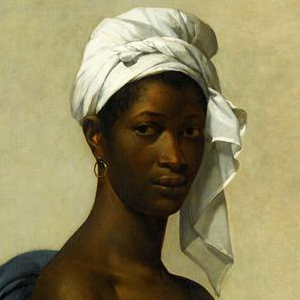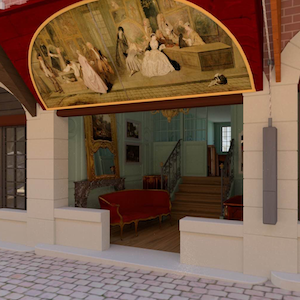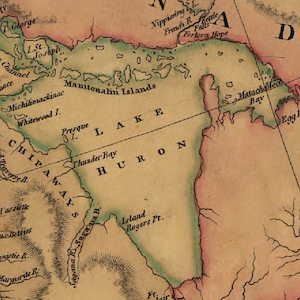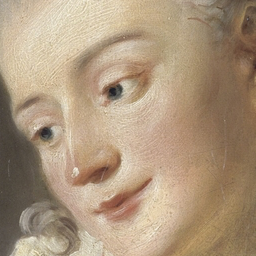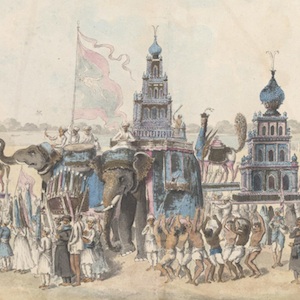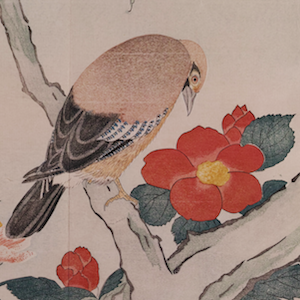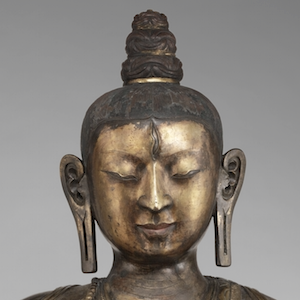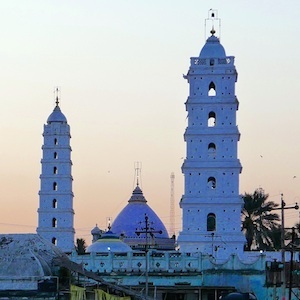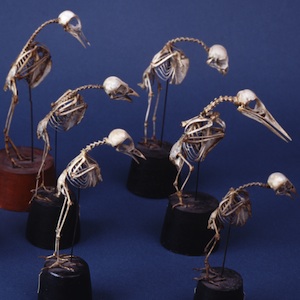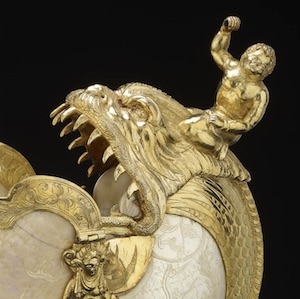Le modèle noir. De Géricault à Matisse, Musée d’Orsay, Paris, 26 mars – 21 juillet 2019. En 2018, le couple Carters, Beyoncé et son époux Jay-Z, investissaient le Louvre pour y tourner le clip vidéo de leur chanson « Apeshit » de l’album Everything is Love. C’est à travers une performance…
Le modèle noir : visite de l’exposition – par Nadia Radwan
